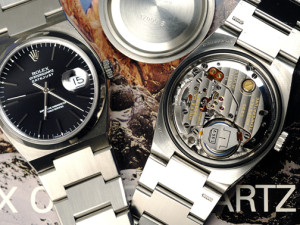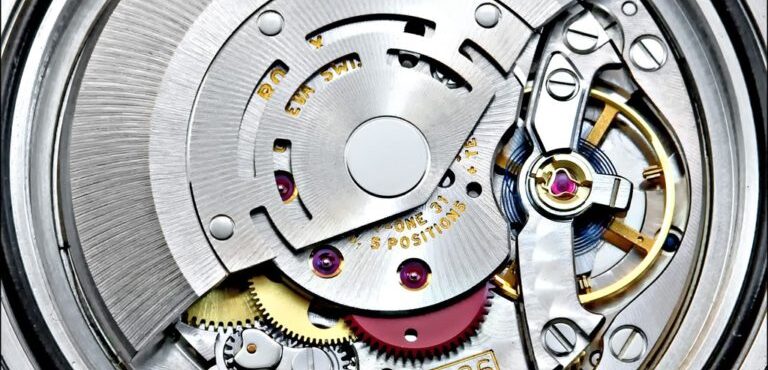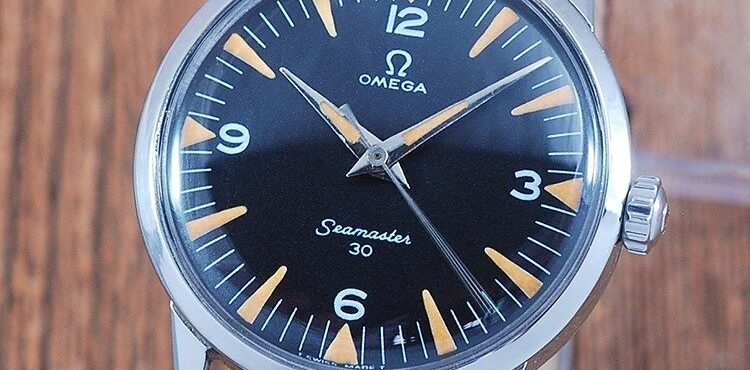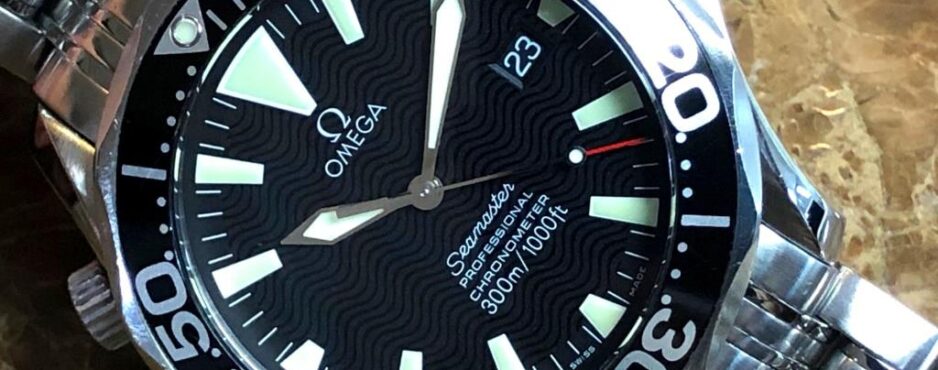Rolex is most known for their mechanical timepieces, but from 1970 through 2001 the company also produced battery powered and quartz wristwatches. In an attempt to keep up with the times, Rolex began research into electronic timekeeping in the early 1950s and was awarded its first patent for an electro‐mechanical movement in 1952. Despite the company’s early interest in the future electronic timekeeping market, though, the first Rolex quartz watch.. Read More
Rolex movement #3185 vs. #3186
Build a better mousetrap and the world will beat a path to your door. That’s a phrase attributed to Ralph Waldo Emerson. Even though its from the 19th century, it’s a saying that’s always on the top of my mind when working on Rolexes. One of the most popular models I work on is the GMT and GMT 2. While I was fixing a newer model that uses a Rolex movement.. Read More
Omega Seamaster 30 & Seamaster DeVille
The Omega Seamaster range was created in 1948, the first Omega Seamaster 30 wasn’t introduced until 1962. The “30” in the model name refers not to the depth of water resistance, but instead to the size of the movement. Omega’s 30mm hand-wound movements proved exceedingly popular and were produced in large quantity in the mid twentieth century, ending with Calibre 269. The first Seamaster 30 watches used Calibre 286 (created.. Read More
A brief history of the Omega Watch Company
Over the next few weeks, I will do a series of blog posts on Omega watches, both old and new. I thought before we get started we should go over a bit of history of this fine Swiss Company. The Omega Watch Company was founded in 1848 by Louis Brandt in La Chauxde Fonds, Switzerland. “Omega” is the last letter of the Greek alphabet and, by some, is used to symbolize accomplishment.. Read More




